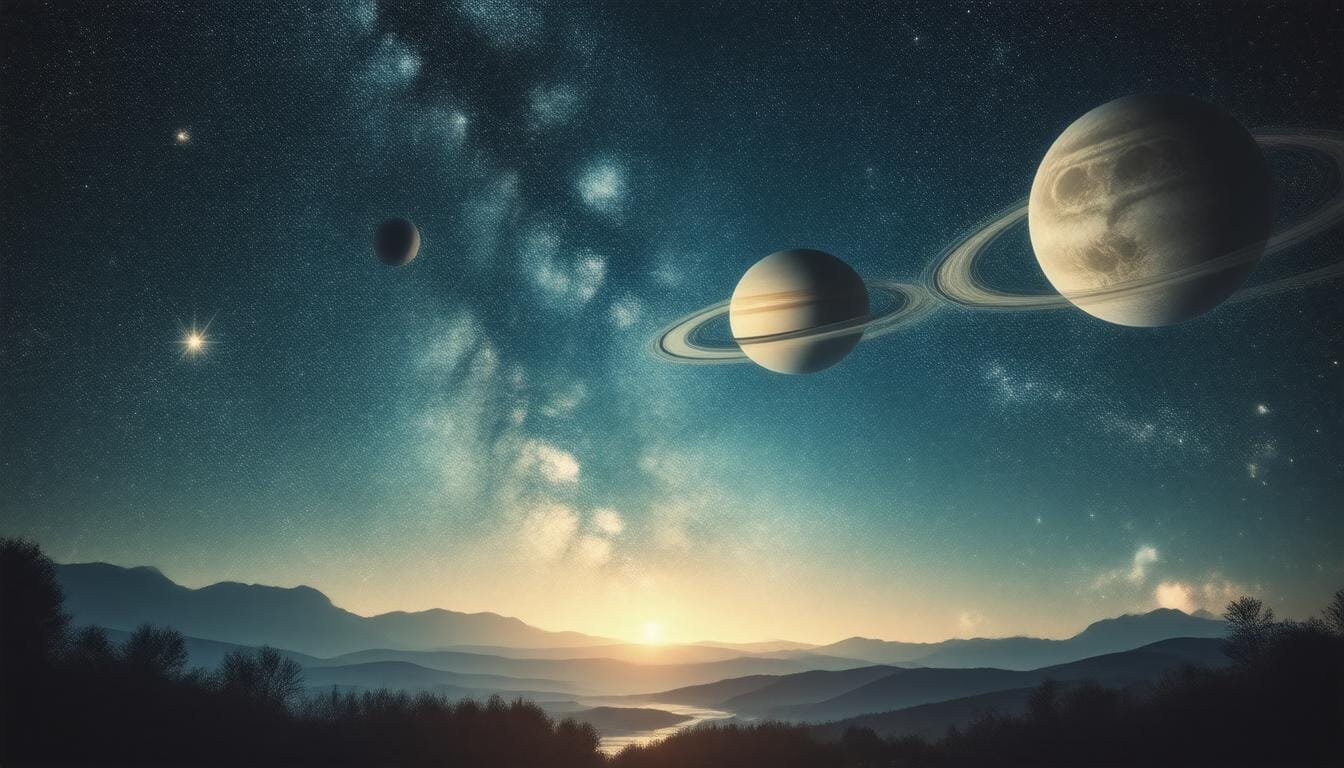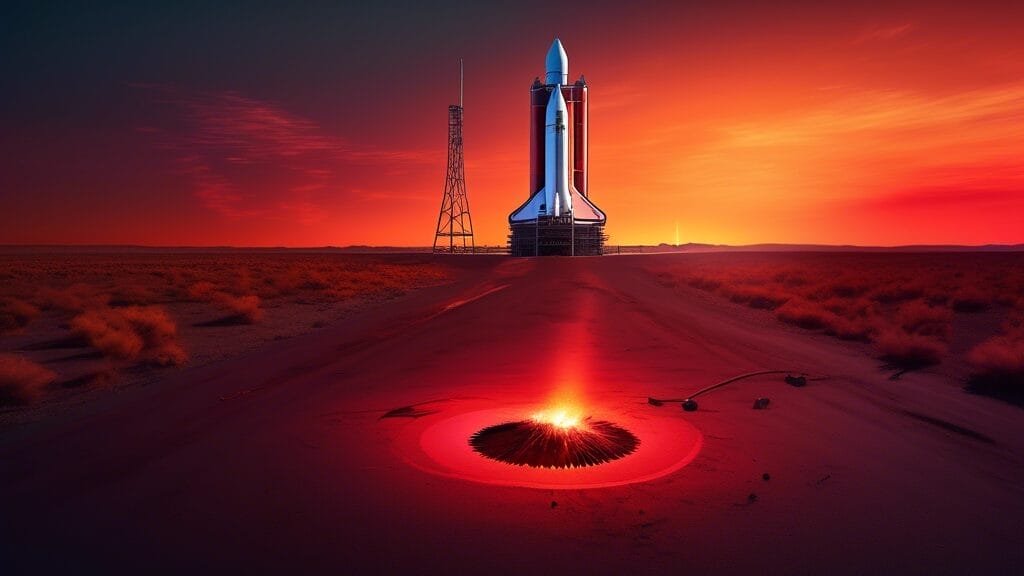If you’ve ever wanted to unlock the secrets of the night sky, February’s spectacular planet parade is your golden ticket!
Almost everyone gets excited when they hear about a planetary alignment, but what exactly does it mean?
Simply put, it’s when planets line up in our sky due to their orbits.
This month, you’ll be able to see Venus, Mars, Jupiter, and Saturn all while enjoying a breathtaking cosmic show.
Even Uranus and Neptune join the party, though they’re a bit shy and require a telescope or good binoculars to spot.
So, grab a drink, set up your lawn chair, and prepare to gaze upward!
On February 24th, keep your eyes peeled for Mercury’s fleeting cameo alongside Saturn, but don’t expect fireworks—it’s going to be a low-key appearance.
Are you ready to tap into actionable tips for maximizing your stargazing experience?
Try Hostinger Webhosying get a website as low as $3.99!
Key Takeaways
- February offers a rare opportunity to see most planets align in the night sky.
- Mars, Venus, Jupiter, and Saturn are visible without equipment, while Uranus and Neptune require a telescope or binoculars.
- The best time to view the planet parade is between 8:30 PM and midnight on clear nights.
Understanding the Planet Parade Phenomenon
Understanding the Planet Parade Phenomenon: Your Guide to February’s Cosmic Show
If you’re a skywatcher or just someone who enjoys a bit of celestial wonder, February is your month!
The spectacular planet parade offers a dazzling display where nearly all the planets line up in the night sky—a sight that’s both breathtaking and rare.
At the heart of this astronomical event are Mars, Venus, Jupiter, and Saturn—four planets that dance across the heavens, easily visible to the naked eye in a dazzling row.
Imagine spotting the vibrant red of Mars next to the shimmering brilliance of Venus; it’s enough to make even the most seasoned astronomer stop in their tracks!
But wait, there’s more!
Don’t forget about Uranus and Neptune; these distant legends require a telescope or some sturdy binoculars to catch a glimpse of their beauty.
And for a bit of added excitement, Mercury will briefly make its entrance on February 24, waving hello next to Saturn—but keep in mind, it’s not the easiest to see!
When’s the best time for viewing? Aim for the golden hours just after sunset, around 8:30 PM to midnight local time.
For optimal experience, look for clear skies away from pesky city lights.
Pro tip: Grab an astronomy app like Star Walk 2 or Stellarium to navigate the night sky effortlessly.
So, gather your loved ones, set up a comfy spot outside, and don’t forget the popcorn—because this February, the universe is rolling out the cosmic red carpet for you!
Tips for Optimal Viewing Conditions
### Tips for Optimal Viewing Conditions
To truly make the most of February’s spectacular planet parade, consider these five actionable strategies for optimal viewing:
1.
Pick the Right Time: The best viewing window is between 8:30 PM and midnight.
Plan your stargazing during these hours when both the sky and the planets are at their finest!
2.
Scout a Dark Spot: Light pollution can ruin your celestial experience.
Choose a location away from city lights—think parks or countryside—to enhance your view.
3.
Check the Weather: Clear skies are your best friend when skywatching.
Monitor local weather forecasts to ensure no clouds spoil the view.
4.
Bring Binoculars or a Telescope: From Mars to Mercury, a good pair of binoculars or a telescope can unveil details you’d miss with the naked eye.
Aim to catch Uranus and Neptune for a special treat!
5.
Use Astronomy Apps: Download helpful apps like Star Walk 2 or Stellarium to guide you in identifying planets.
These handy tools are perfect for newbies and seasoned stargazers alike!
With these tips, you’re all set for a mesmerizing night under the stars!



















